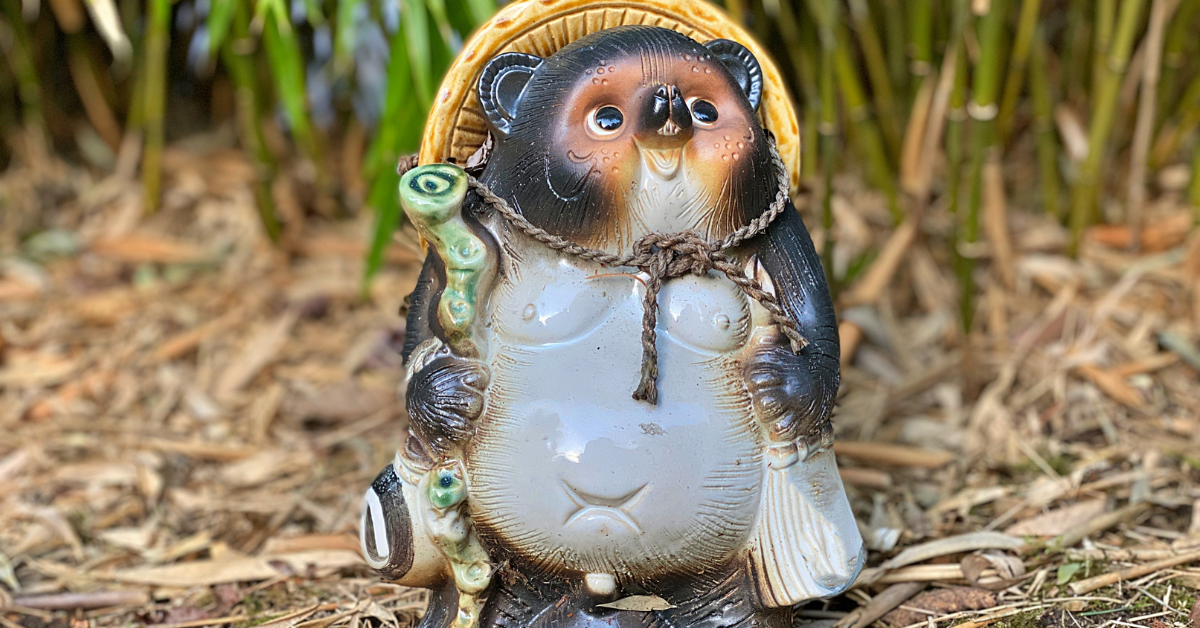Studio Ghibli’s Pom Poko, directed by Isao Takahata and released in 1994, remains one of the studio’s most unique works. While it features the whimsical antics of raccoon dogs (tanuki), it also delivers a serious message about urban development and environmental destruction. This dual nature has shaped how Japanese audiences perceive the film even decades later.
Reactions at the Time of Release
Upon release, Pom Poko attracted great attention as a film combining Ghibli’s signature visual beauty with a strong social message. The film drew more than three million viewers across Japan, with theaters filled by audiences ranging from children to older adults. Newspapers and magazines reported extensively, discussing both its entertainment value and its weight as a socially conscious film.
The table below summarizes how different audience groups reacted at the time.
| Audience Group | Positive Impressions | Critical Impressions |
|---|---|---|
| Children | Enjoyed the raccoons’ transformations | Found the themes difficult to understand |
| Youth | Impressed by the contrast of humor and realism | Felt the story was heavy and long |
| Adults | Related to the realistic depiction of urban development | Thought it lacked entertainment value |
Evaluation by Japanese Critics
Critics were sharply divided. The expressive animation and transformation scenes of the raccoon dogs were praised for their technical brilliance, while others argued that the film felt “too preachy.” Viewers seeking light entertainment sometimes struggled with the heavy emphasis on environmental issues.
| Evaluation Aspect | Positive Points | Critical Points |
|---|---|---|
| Visuals | Humorous transformation sequences | Some felt scenes dragged |
| Social Themes | Realistic portrayal of urban development issues | Considered preachy and heavy |
| Box Office | Over three million viewers, a success | Deemed too difficult for children |
Impact on Japanese Society
The film is one of the few animations that raised public awareness of urban development and environmental destruction. More than simple entertainment, it has even been used in schools as teaching material to prompt students to think about “coexistence between humans and nature.”
| Field | Impact | Example |
|---|---|---|
| Education | Used as material for environmental studies | Screenings in elementary and middle schools |
| Society | Strengthened awareness of environmental issues | Urban residents reconsidered conservation |
| Media | Frequently featured in retrospectives | Newspapers and television re-evaluations |
Long-term Evaluation in Japan
Even decades later, the film remains widely watched and discussed. It is remembered as a movie that changes meaning upon repeat viewing. What seemed puzzling or overly serious to children often resonates deeply when rewatched as an adult.
Within the Studio Ghibli canon, it is often seen as an “outlier” for emphasizing social messages over pure entertainment. During television rebroadcasts, social media is flooded with comments such as “I didn’t understand it as a child, but now it really speaks to me.”
Differences in Reception by Generation
The way audiences interpret Pom Poko varies greatly depending on age.
| Generation | Main Reception | Typical Reaction |
|---|---|---|
| Children | Enjoy the slapstick antics of the raccoons | “The transformations are amazing” |
| Youth | Notice the satirical social commentary | “It’s funny, but also sad” |
| Adults | Strongly feel the realism of environmental destruction | “It overlaps with my own life” |
Cultural Significance and Japanese Identity
Raccoon dogs are creatures from Japanese folklore, traditionally portrayed as shapeshifters that trick humans. By choosing tanuki as protagonists, the film addressed modern themes of environmental destruction while tapping into images deeply familiar to Japanese culture.
| Element | Cultural Meaning | Audience Impact |
|---|---|---|
| Folklore | Characters familiar to Japanese people | Evoked nostalgia |
| Symbolism | Act as spokesmen for nature and animals | Stressed the need for conservation |
| Universality | Blend of comedy and tragedy | Resonated across generations |
Conclusion
Pom Poko stands out as one of the most socially conscious films in the Ghibli catalog. The blend of whimsical raccoon imagery and serious environmental themes sparked both praise and criticism, but it has long been recognized in Japan as a work that provokes thought about humanity’s relationship with nature.
For foreign viewers, the film provides a valuable gateway to understanding Japanese culture. It combines a universal issue—environmental protection—with a uniquely Japanese folkloric motif. This dual quality ensures that Pom Poko continues to be re-evaluated both domestically and internationally.






